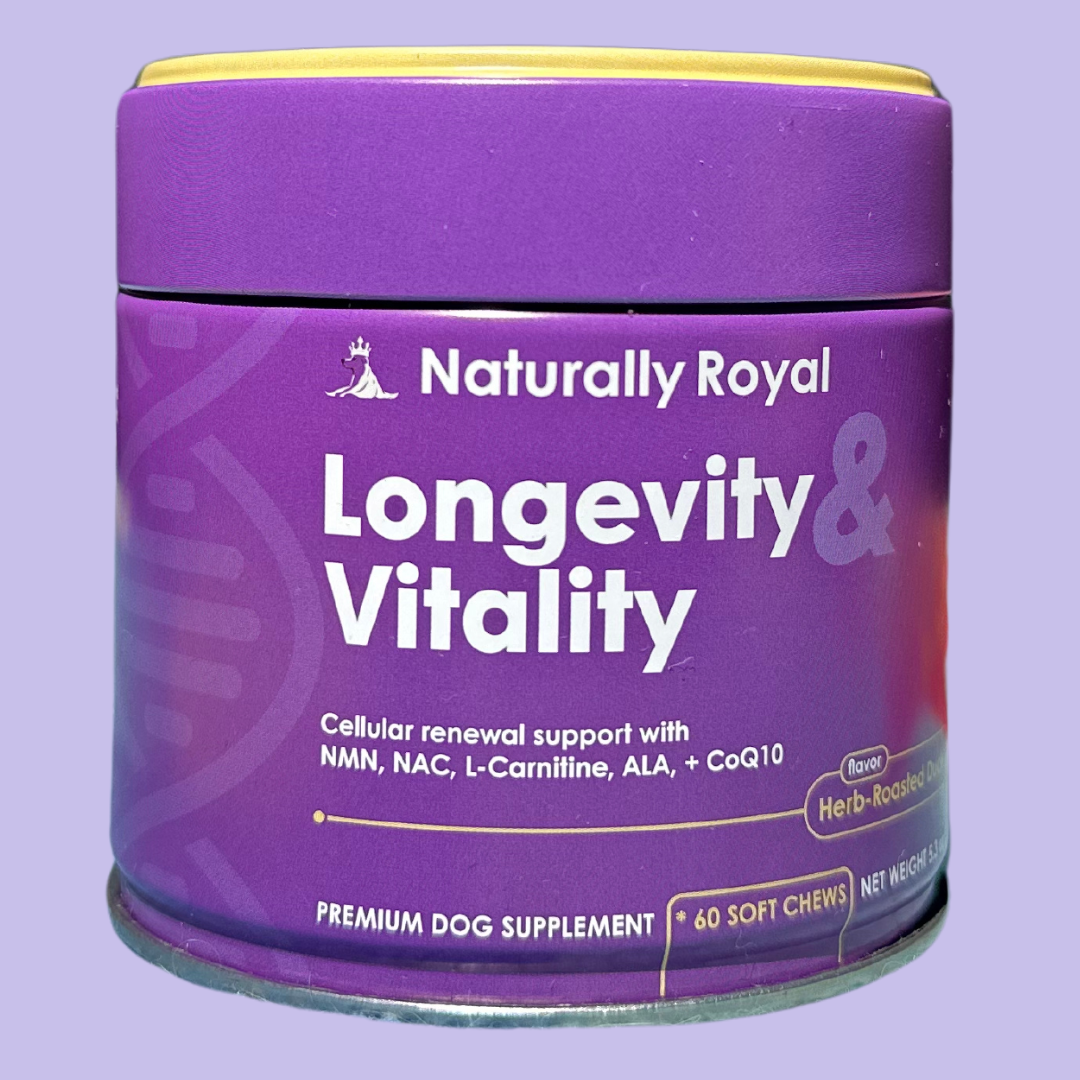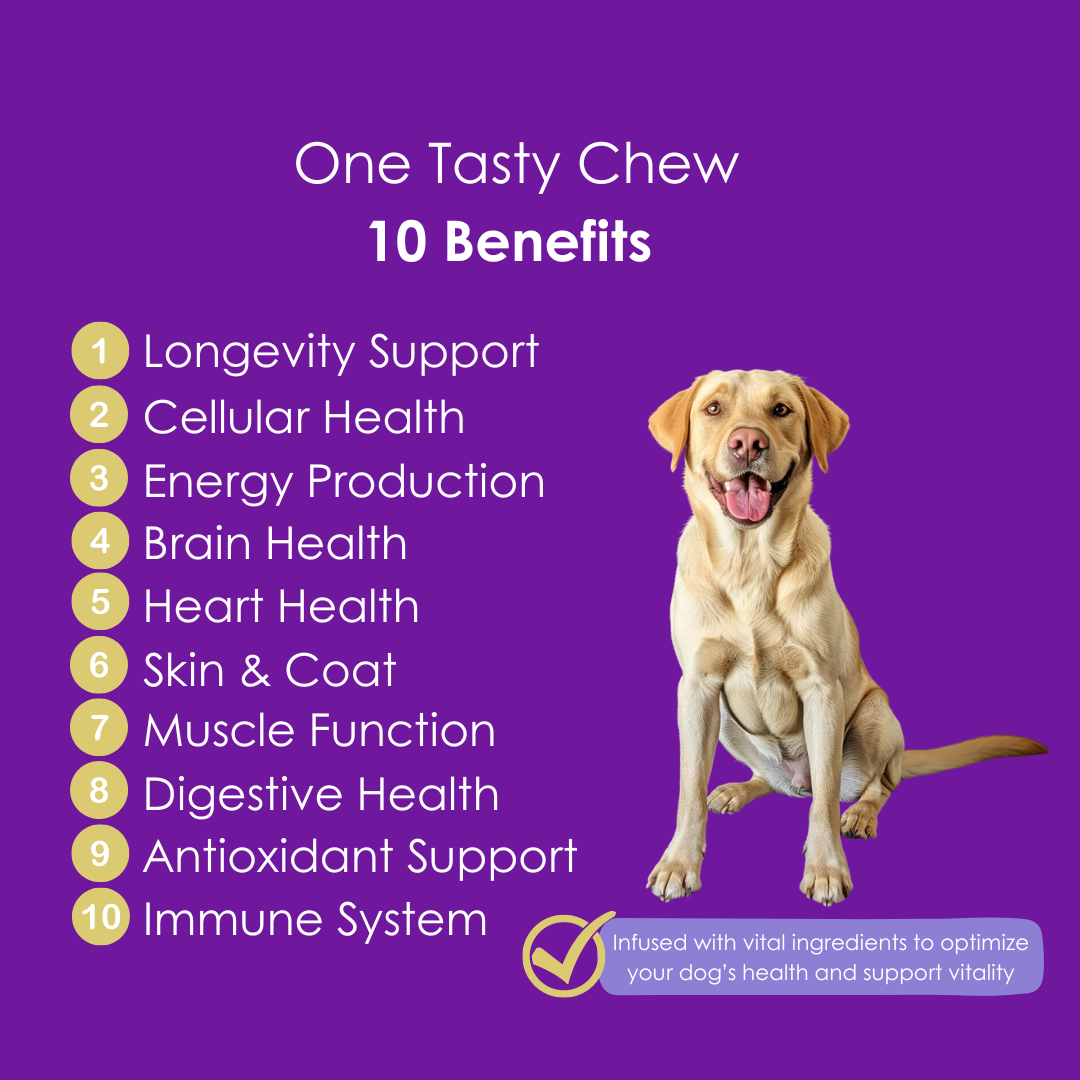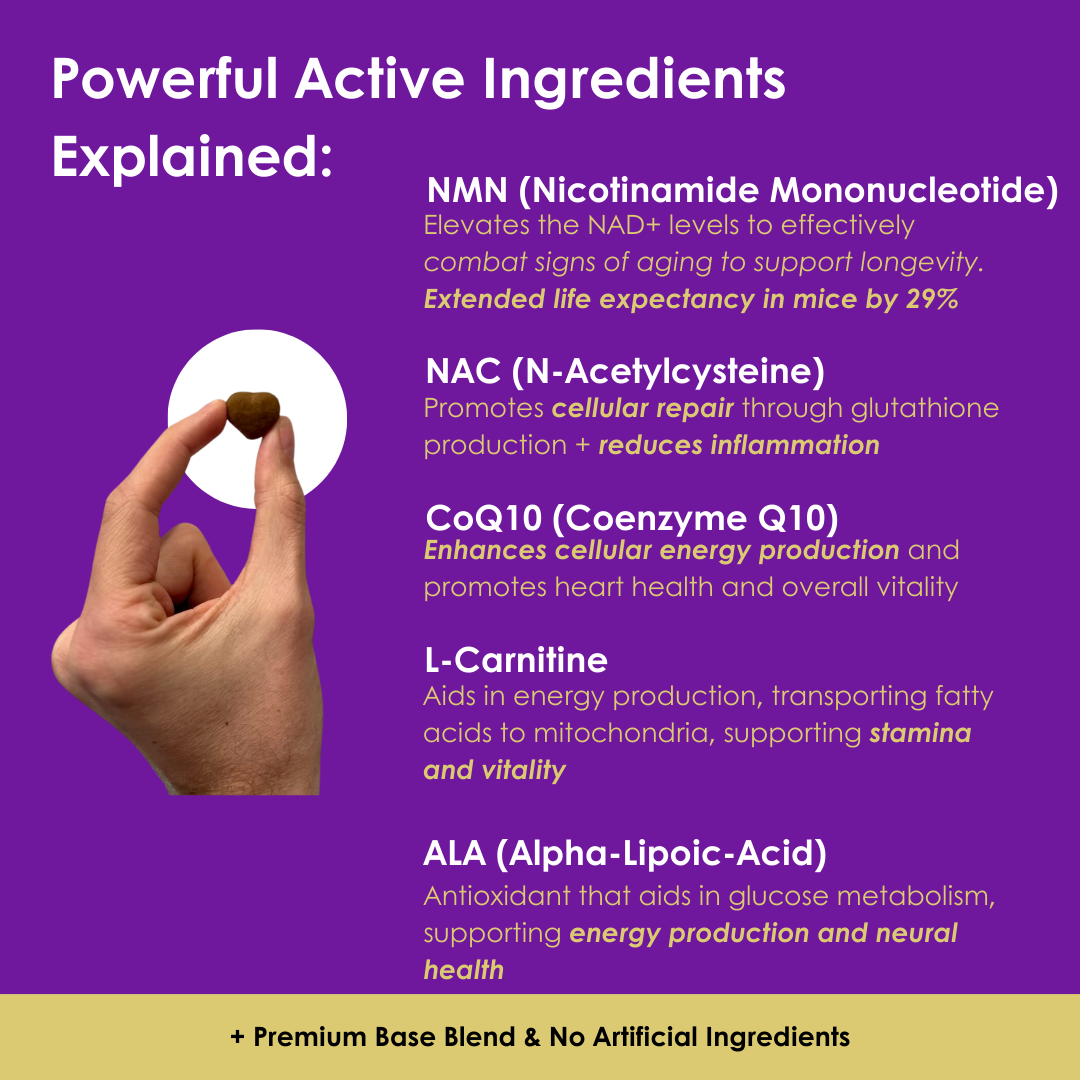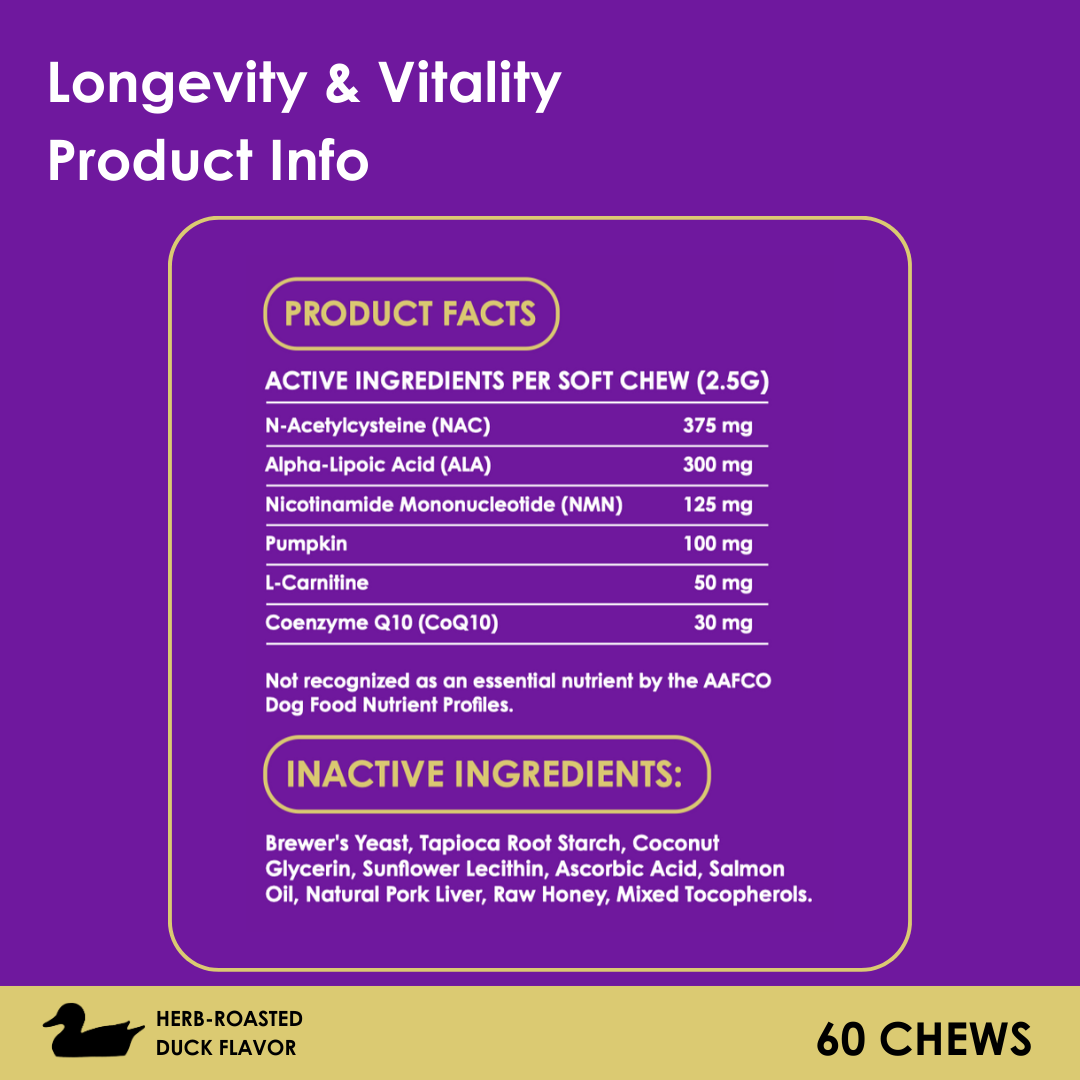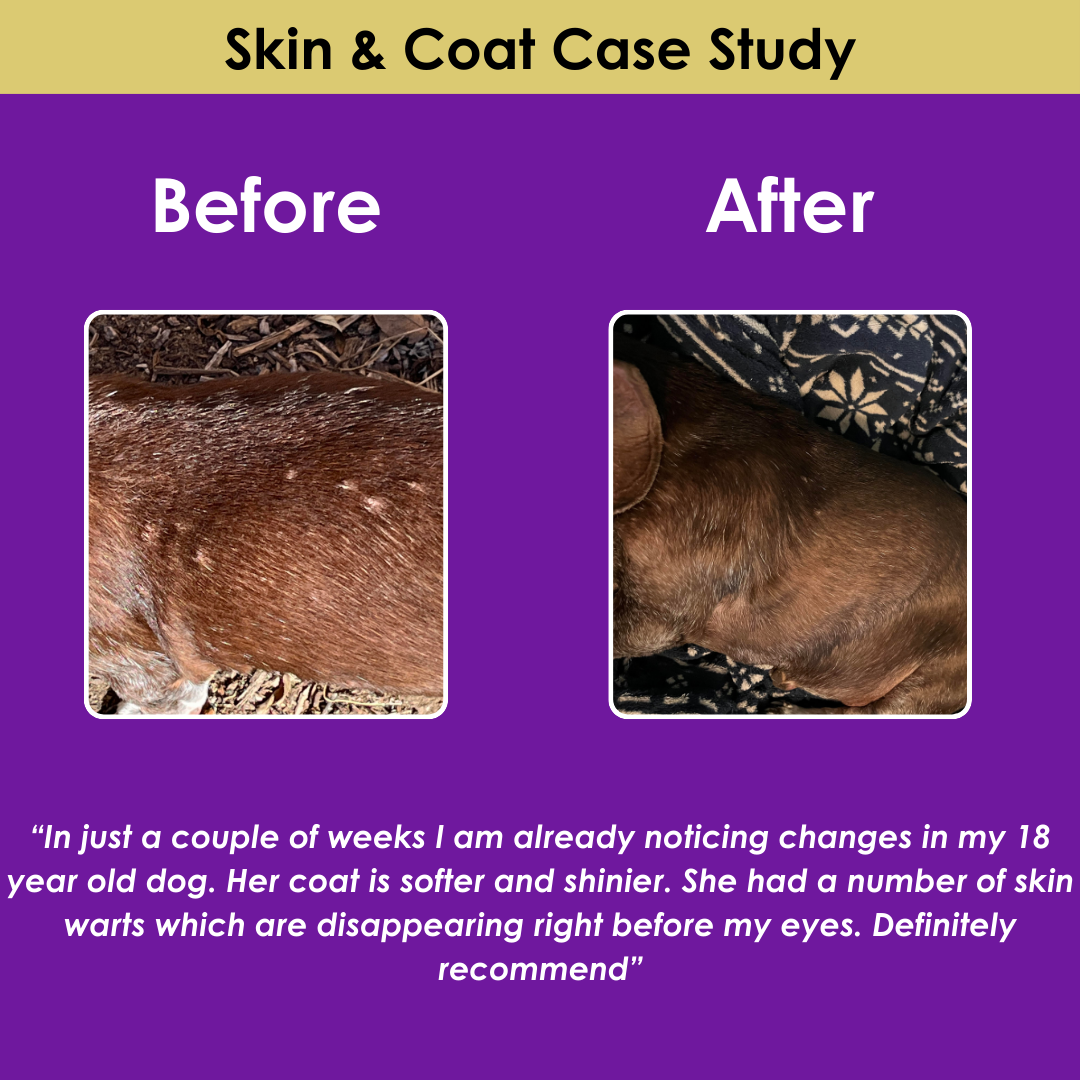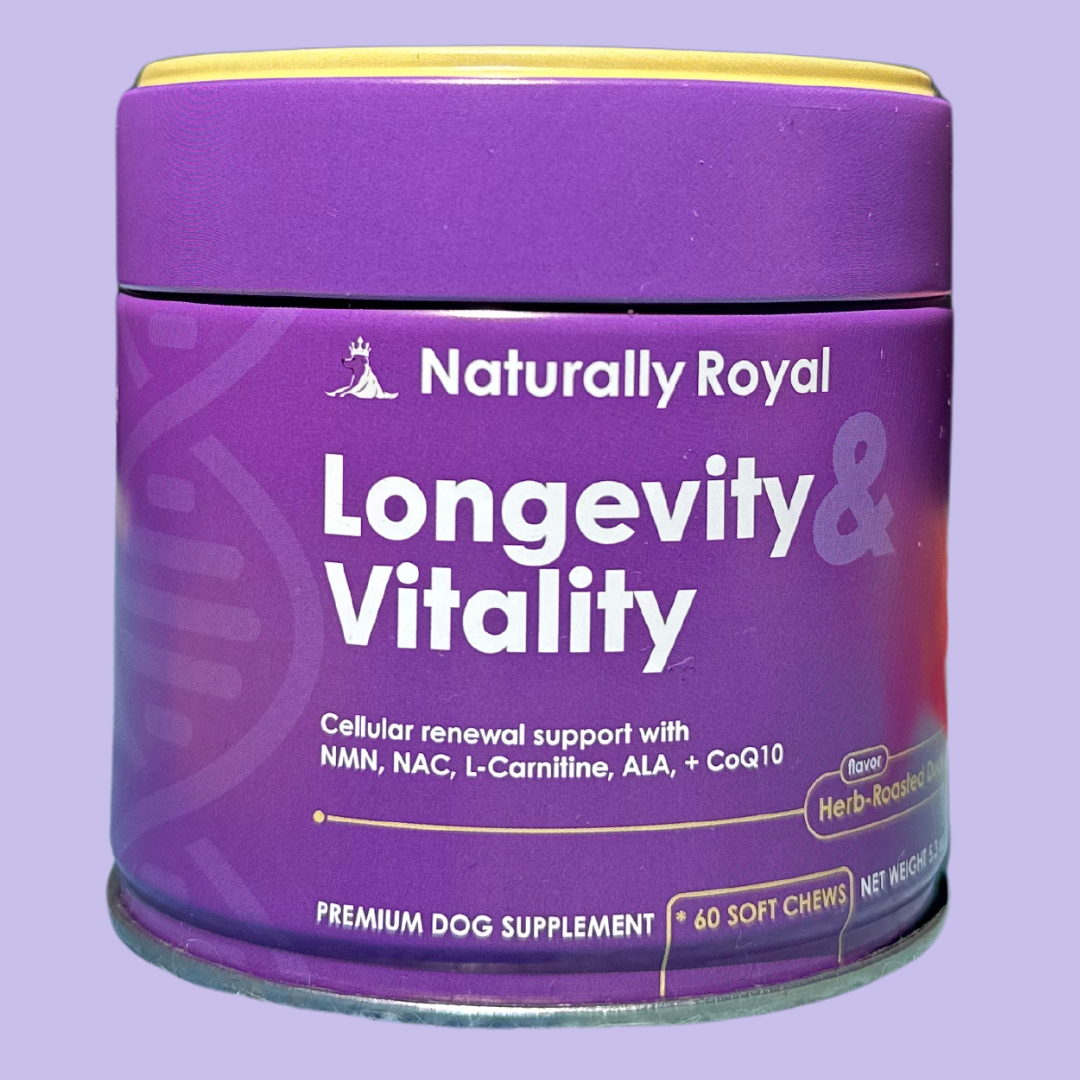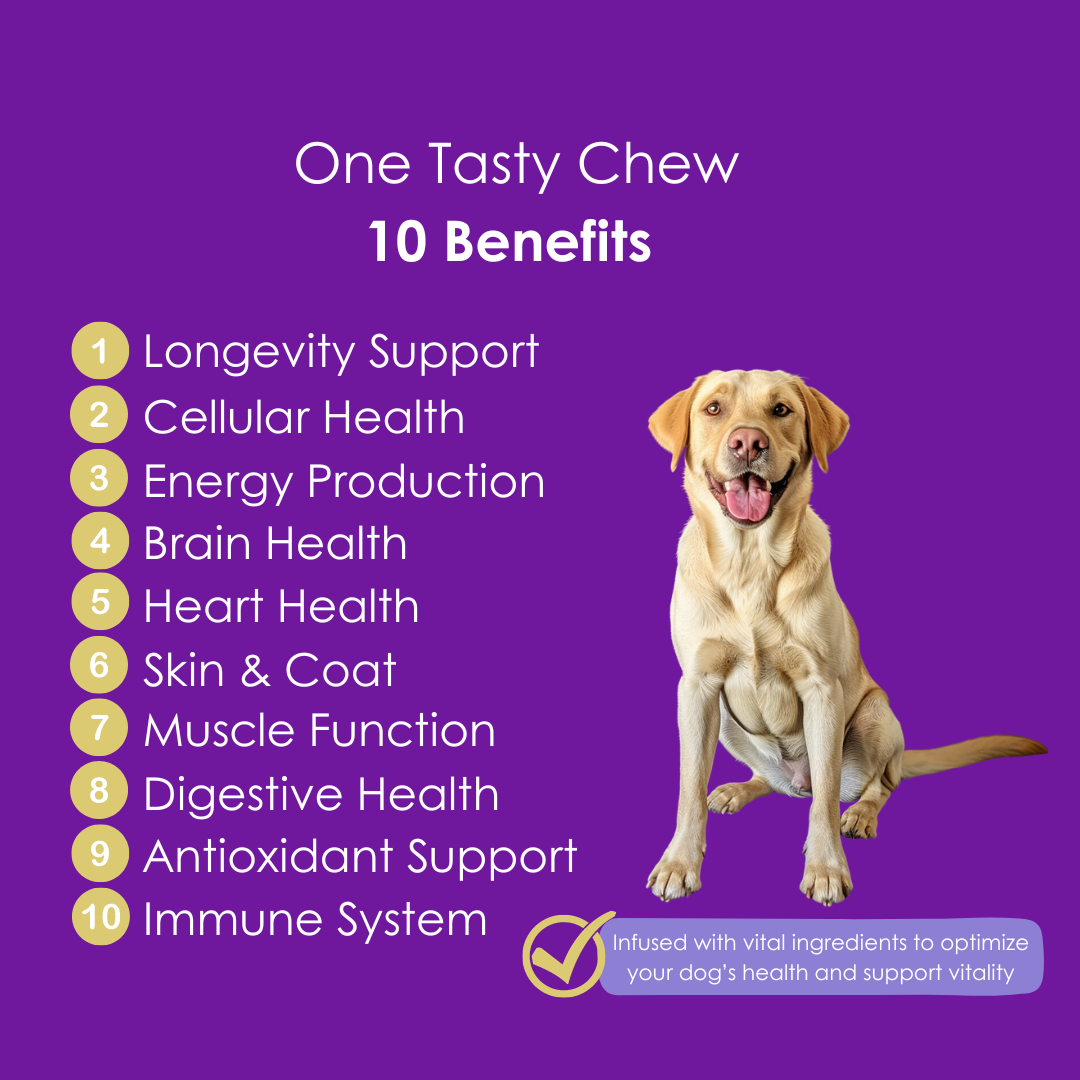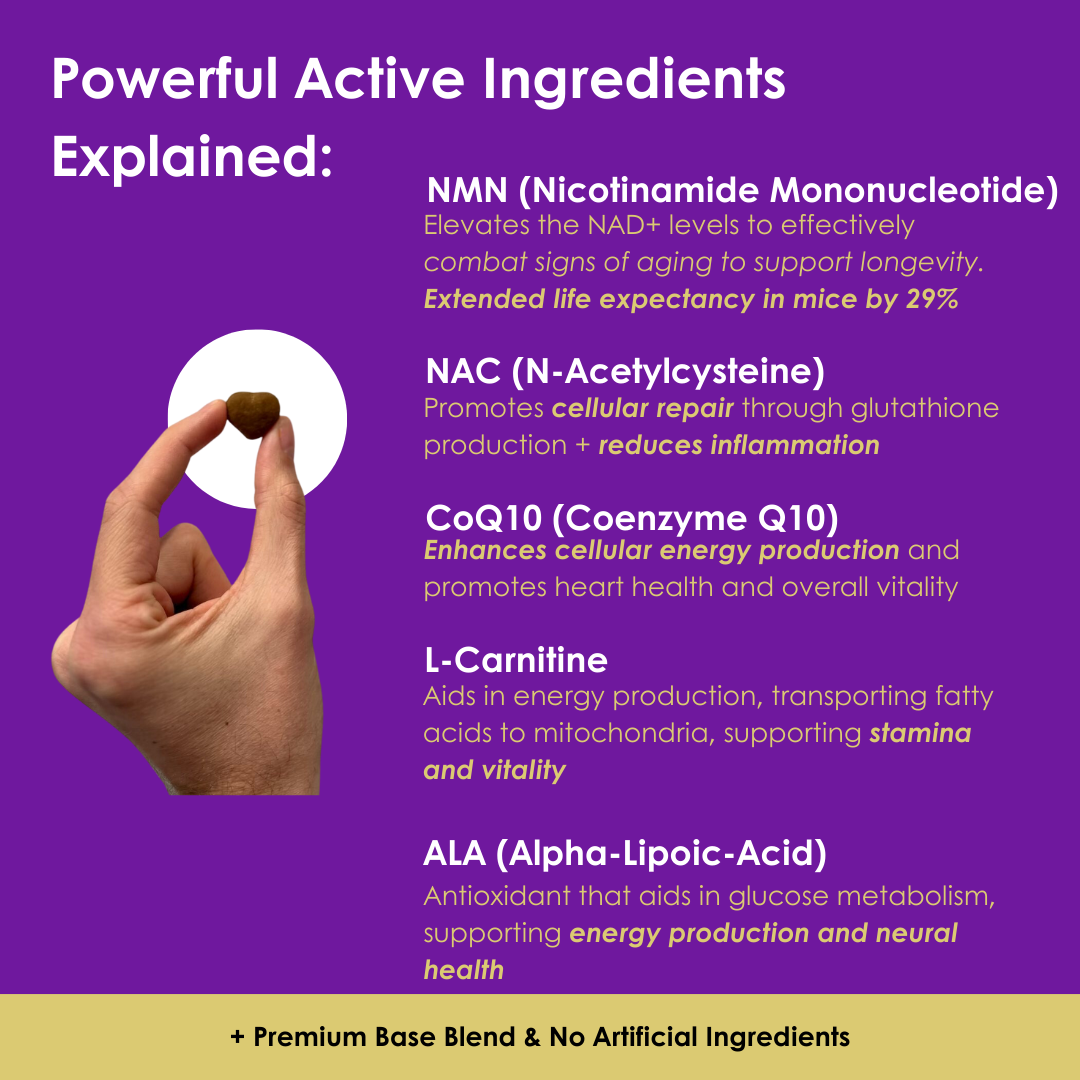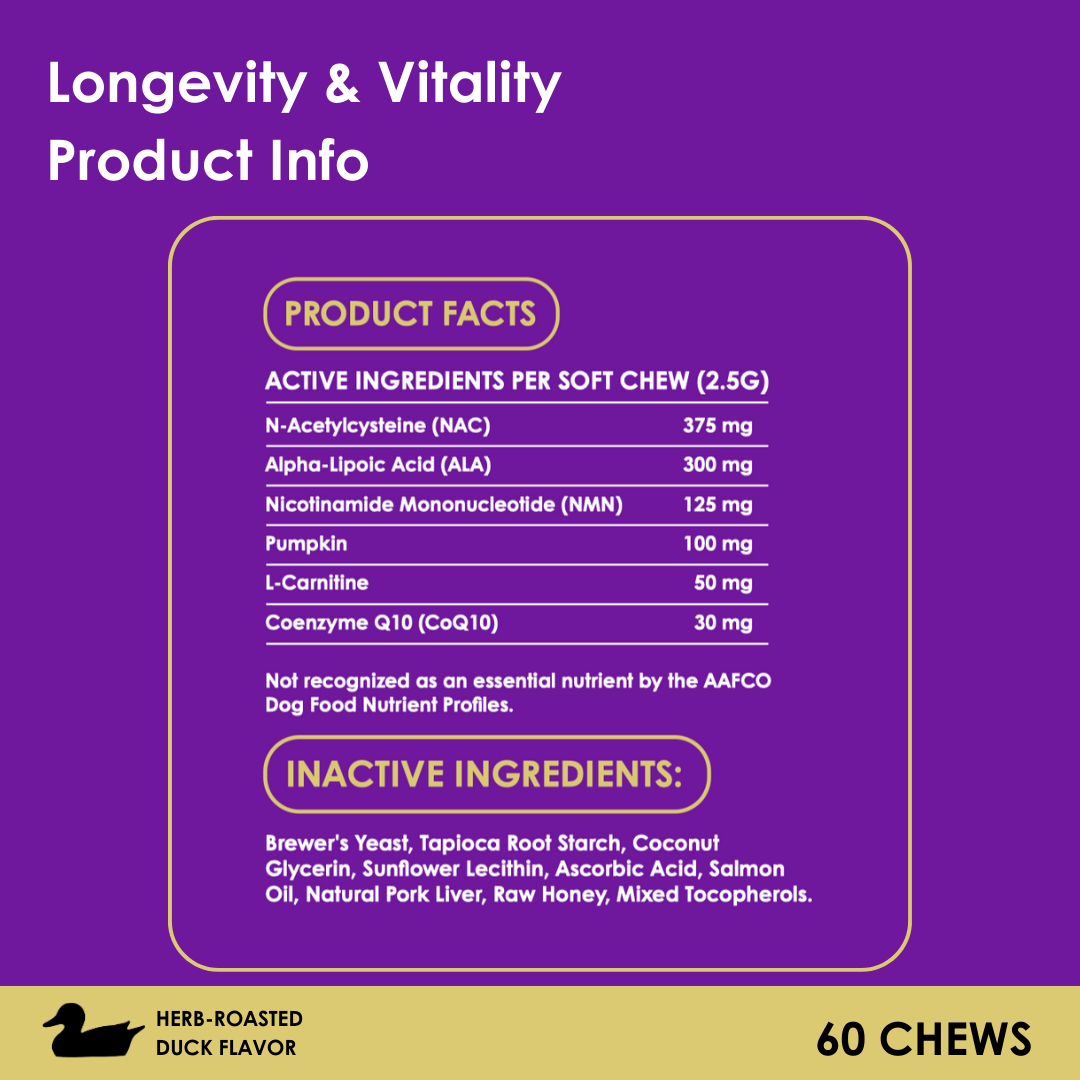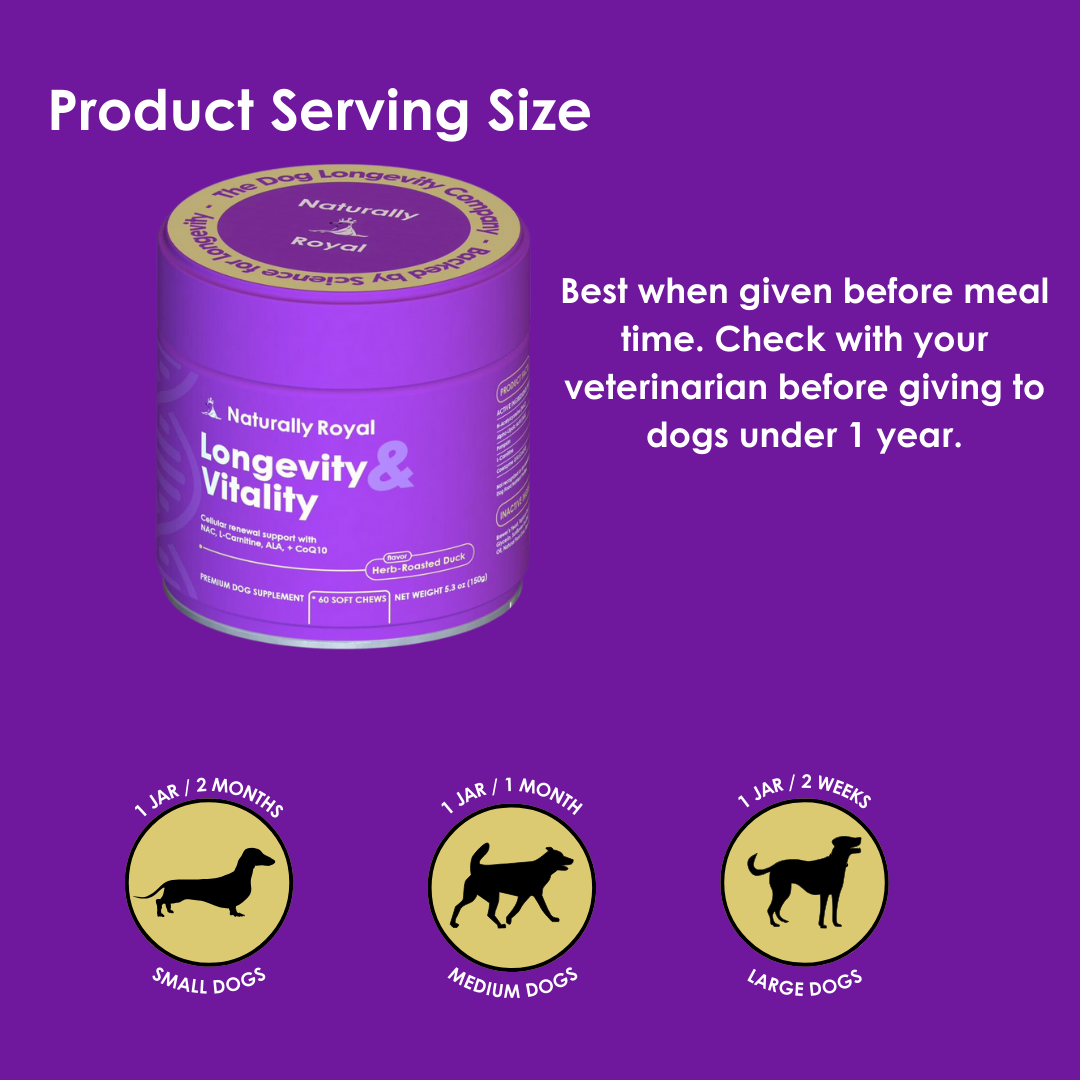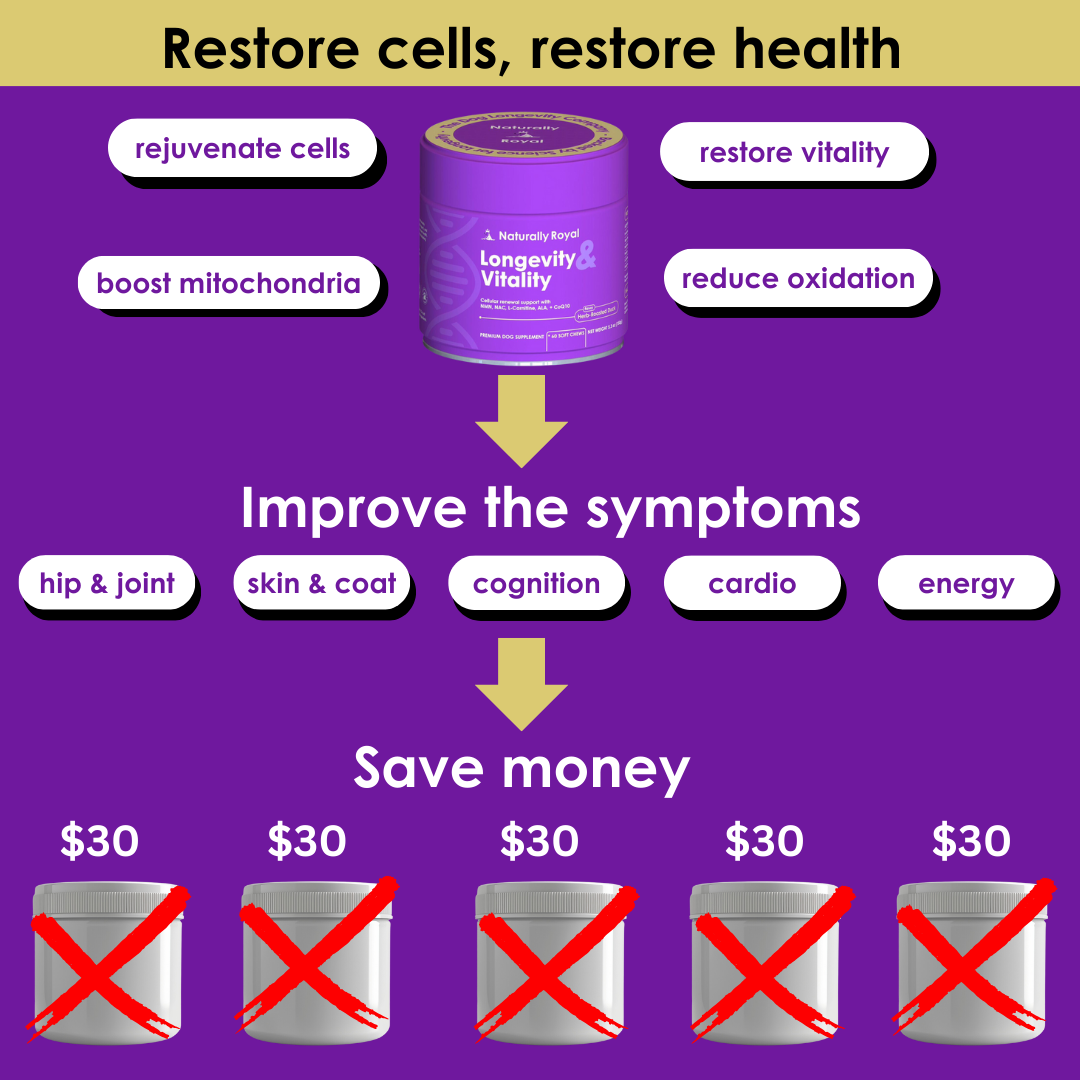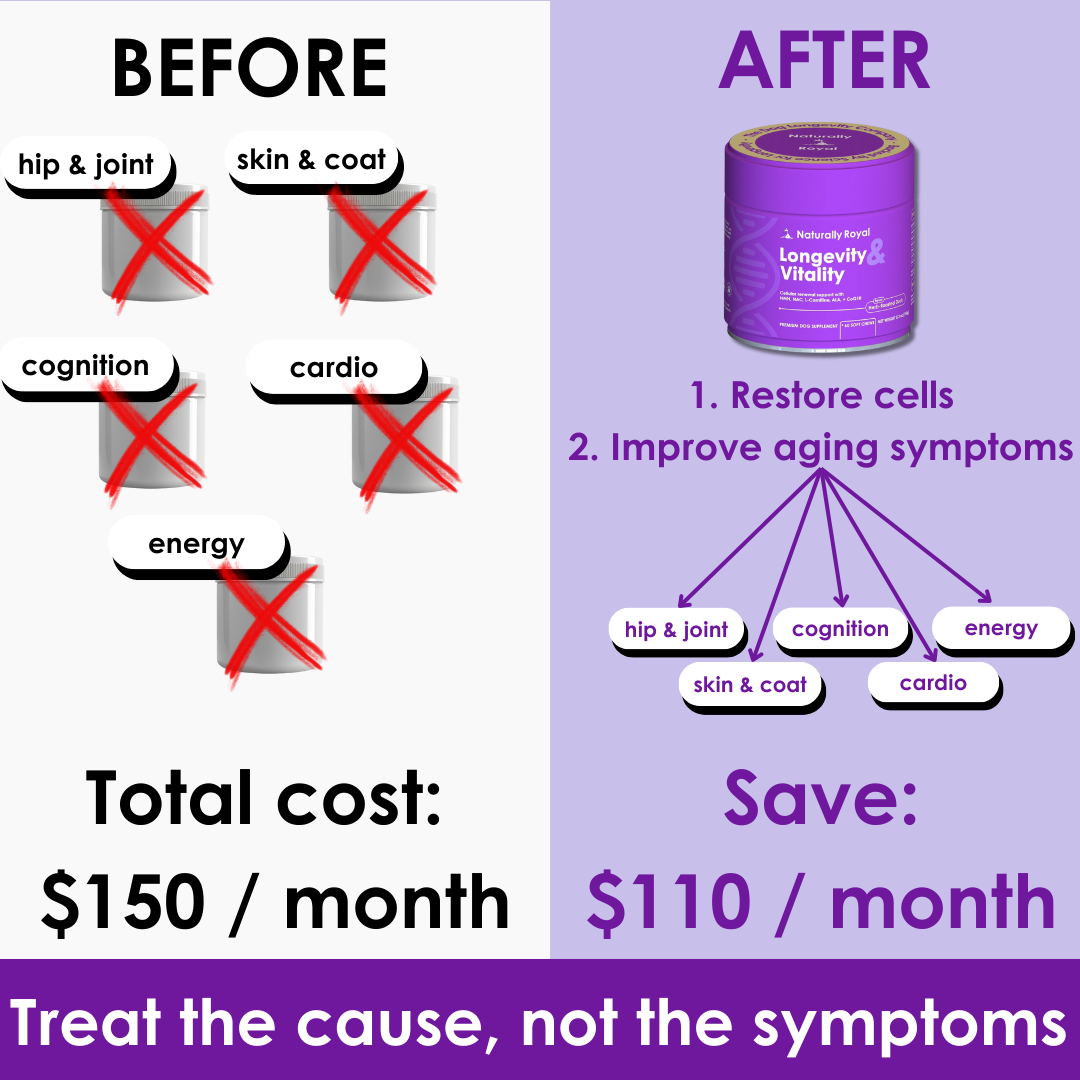Optimal Exercise for Your Dog's Longevity
Regular exercise is a cornerstone of good health and longevity for dogs. The right amount and type of activity can significantly impact your furry friend's quality of life. Here’s how to adjust exercise routines to match your dog's size and life stage for optimal health benefits.
Exercise Needs by Size and Age
Small Breeds: Chihuahuas, Poodles, Yorkies
- Puppies (up to 1 year): Short (15-20 minutes), gentle walks twice a day, plus playtime to burn off energy without straining developing joints.
- Adult (1-7 years): 30-45 minutes of daily activity, including walks and interactive play. They enjoy agility exercises that keep both mind and body active.
- Senior (8+ years): 20-30 minutes of light exercise, such as leisurely walks, tailored to their comfort level to maintain mobility without overexertion.
Medium Breeds: Bulldogs, Beagles, Cocker Spaniels
- Puppies: Play sessions and walks totaling 30-45 minutes a day, split into shorter segments to protect growing bodies.
- Adult: 1-2 hours of physical activity daily, combining walks with higher-intensity activities like fetching or tug-of-war.
- Senior: 30-60 minutes of moderate exercise daily, adjusted for health issues. Swimming can be excellent for those with joint problems.
Large Breeds: Labradors, German Shepherds, Golden Retrievers
- Puppies: Limited to 5 minutes of exercise per month of age, twice a day. Avoid forcing them to run or jump excessively to prevent joint damage.
- Adult: 1-2 hours of vigorous exercise daily. These breeds typically require more time to run, play, and engage in activities that stimulate their body and mind.
- Senior: 45-60 minutes of gentle exercise, like walking or swimming. Keep them moving to help manage weight and maintain joint health, but be mindful of their limits.
Why Size and Age Matter
- Growth and Development: Puppies have different needs than adult dogs. Their bodies are growing, and too much exercise can harm their development.
- Energy Levels: A dog’s energy level changes with age. Young dogs often have excess energy, while seniors may slow down due to health issues or reduced stamina.
- Health Risks: Larger breeds are more prone to joint issues, while small breeds can face challenges like hypoglycemia. Exercise routines need to account for these health considerations to prevent problems.
Best Practices for a Healthy Life
- Consistency is Key: Establishing a consistent exercise routine helps dogs anticipate and look forward to their daily activities.
- Adjust for Health: Always adapt exercise routines based on your dog’s current health status. Consult with a vet if you're unsure what's appropriate.
- Mind the Weather: Hot or cold weather can affect your dog's ability to exercise comfortably. Always consider the temperature and adjust activities accordingly.
- Stay Engaged: Your involvement in your dog’s exercise not only strengthens your bond but also makes physical activity more enjoyable and effective for them.
Understanding and adapting to your dog’s changing exercise needs throughout their life can play a significant role in promoting longevity and quality of life. By tailoring activities to their size and age, and remaining flexible as they age, you’ll help ensure your dog stays happy, healthy, and active for as long as possible.


